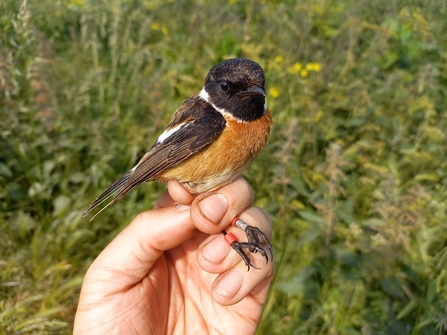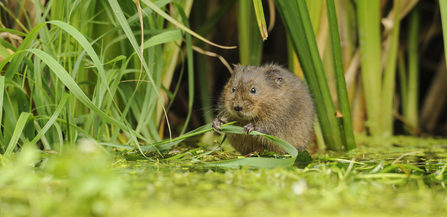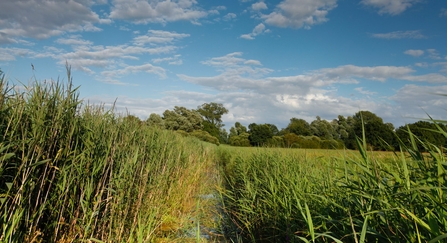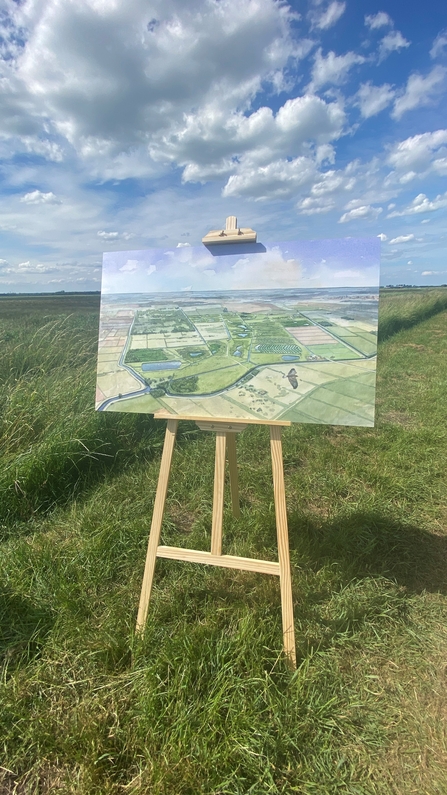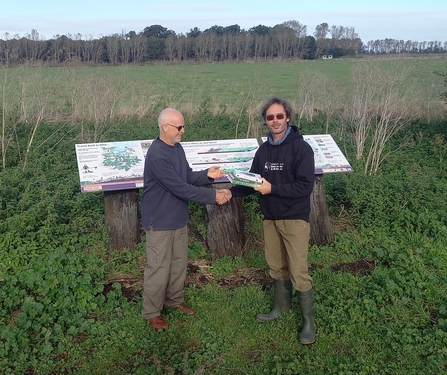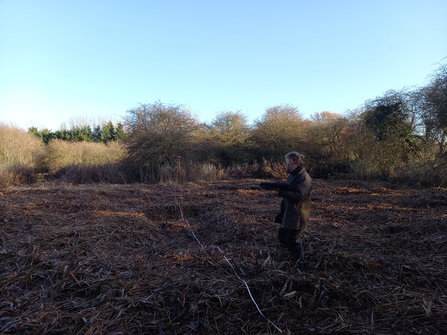If you attended our Wildlife Trust AGM and Members’ Day last month, or caught up on the recording of the talks given that day, you will have seen my report on what great things we can expect from Peatland Progress, our Lottery-funded project that many of you may have supported yourself, as part of the appeal to purchase Speechly’s Farm.
We have had many successes in recent years to build on, with new species colonising and breeding, as well as species breeding more widely, within the Great Fen. These successes have continued with marsh harriers breeding on the restoration land for a second year and with an increase in the number of pairs of breeding stonechats; some returning from last year and more chicks fledged this year. In the case of the returning birds, individuals such as the male, RED /RED (so called because he has a red ring on each leg), have appeared on the same farm again. Thanks to our colour ringing programme, we have been able to observe him from a distance, while he and his mate reared three broods.

